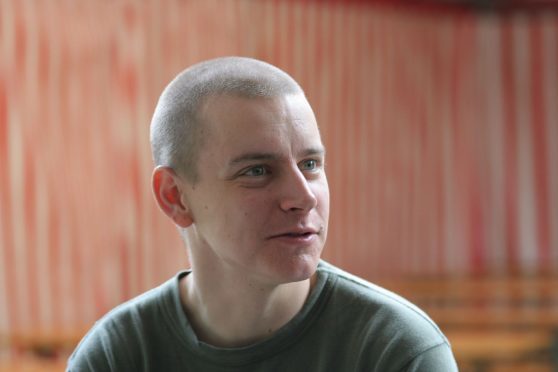Should we really have planets rather than stars on our Christmas trees?
For generations astronomers have pondered on the celestial nature of the Star of Bethlehem and a St Andrews University stargazer has attempted to shed light on whether the Three Wise Men actually followed a planetary conjunction to the stable where Jesus was born.
Dr Aleks Scholz, director of the university’s observatory explained: “For many years some astronomers working under the assumption that the Star of Bethlehem was in fact an actual celestial object, have suggested possible astrophysical explanations.
“In doing so, they do not only have to find the right kind of object, but also the one which had the significance that made the wise men go and seek the infant Jesus.
“Two-thousand years ago, astronomy and astrology were one. In many depictions the Star of Bethlehem looks like a comet.
“But there are many reasons to doubt that comets led the Magi to Bethlehem. For one, comets do not look like stars, and these people were not stupid.
“Halley’s Comet, the most obvious candidate, appeared in the sky in 12BC, several years before the plausible birth date of Jesus. Finally, comets were seen as harbingers of doom, and this was a joyful event.”
Another theory was the object was a new star, a nova or supernova, but there are no independent records of a bright supernova during that period.
Dr Scholz said: “Perhaps the most plausible explanations for the Star of Bethlehem involve multiple planets, standing close together: a planetary conjunction.
“Indeed, there are several rare meetings between prominent planets in the right time period.”
In 7BC Jupiter and Saturn met three times and were joined a year later Mars. Between 3BC and 2BC there was a sequence of conjunctions involving Saturn, Mercury, Venus and Jupiter. Jupiter and Venus got so clear they appeared as one to the human eye.
Dr Scholz said: “Around the same time, Jupiter, the planet of the kings, was dancing around the bright star Regular, the star of the kings.
“Then Jupiter stopped, in the constellation Virgo, seen from Jerusalem straight above Bethlehem.
“Here is a spectacle of planets with plenty of astrological significance, happening around the right time – although that last part is still debated.
“Maybe we should remove the comet-shaped stars from the Christmas trees and replace them with triple planets.
“We will probably never get a definite answer.
“Maybe this is one of the questions that are not supposed to be answered.”





